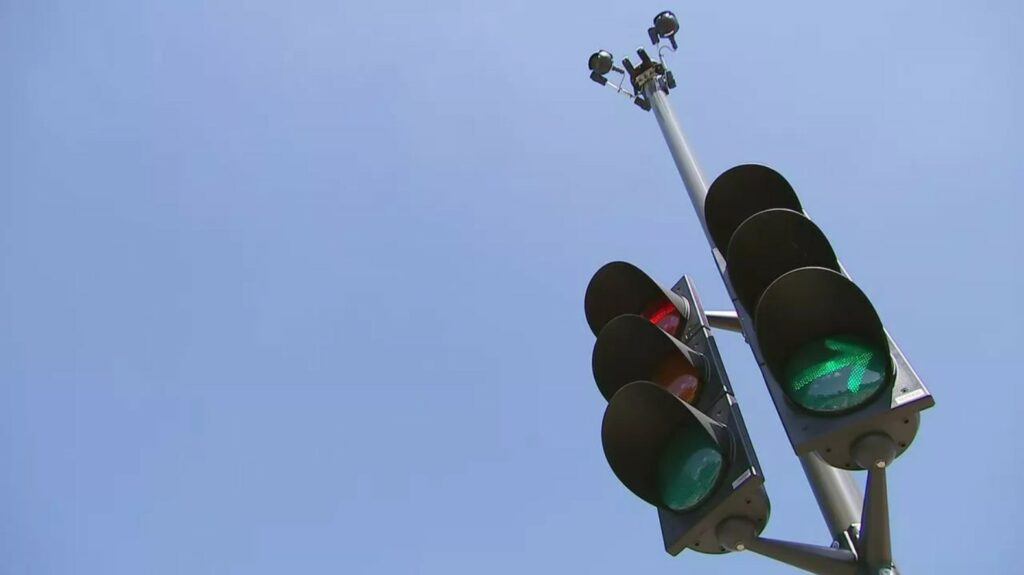The Flemish Roads and Traffic Agency (AWV) is working on a system that will enable traffic lights to go green faster via traffic apps. It may even be working at some intersections in a few months.
Using traffic apps, the Flemish government wants to make traffic lights smarter. These 'smart traffic lights' can detect traffic density at a particular time of day so that road users do not have to wait at red lights unnecessarily when there is no or very little traffic coming from another direction.
"We connect some traffic lights to the internet. Those traffic lights then constantly send data to a computer that can also receive your wireless data via your smartphone," Wim Vandenberghe, an expert at the research institute IMEC which is carrying out the project together with the AWV, told VRT.
Likewise, if there is no demand for green, the light simply stays red. This applies primarily to cars, but the aim is that it will also eventually work for cyclists and other target groups, such as ambulances and fire engines.
There's an app for that
In practice, it works by downloading the Flitsmeister or Karta GPS app and giving it access to your location data. For now, these are the only two apps, but the authorities are also in talks with big players such as Google Maps and Waze.
As soon as a driver approaches an intersection with smart traffic lights, a signal is sent via their app and the cloud to the computer controlling those traffic lights. The AWV manages more than 1,700 intersections with traffic lights and plans to make 250 of them 'smart' in the next two years.
Some traffic lights have already been equipped with the right technology, but it will take another few months for the traffic apps to be ready. App providers can pull that data from the cloud and show it to drivers either on their smartphones or on their built-in car screens.
Related News
- Road rage: Father and son cycling duo risk eight months in prison
- Brussels liberals want to ban scooters and bikes in pedestrian areas
"You will then see well in advance whether the traffic light is red or green, and in a few months you will also know how long the light will be red so you can adjust your speed in advance," said Vandenberghe, adding that this could ease congestion.
The app itself also sends data to the cloud, he explained. "That means the traffic light knows you are coming. If several people in a traffic flow or queue send that data at the same time, the light can estimate traffic density or the length of a traffic jam behind a traffic light and switch to green faster."

